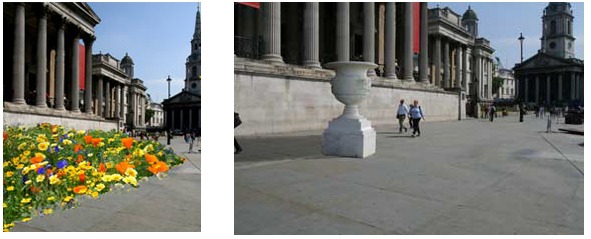Why were Asian garden design and landscape architecture such a disappointment in the twentieth century? There is much work which looks anti-ecological, anti-contextual, almost anti-human – and far too American or far too European (see note on Chinese context theory). Luckily, there are some exceptions, including the twenty-first century landscape designs for King Abdullah International Gardens and the Abu Dhabi Corniche. Instead of writing an essay (which is is in fact what I have done for the final chapter of Asian gardens) I offer the short statement that the problems with Asian garden and landscape design in the 20th century resulted from a poor understanding of design history and theory. There were lacks of appreciation:
- by many landscape architects that their profession’s design theory was at least 4000 years old on 14 May 1863 ( Norman T Newton gives this day as ‘the first official use of the title Landscape Architect’ – he knew the art was older but his perception of the theory was post-1863)
- by the Asian clients and designers who believed Asia should be ‘modernized’ by being ‘westernized’
- by the World Bank and associated development agencies which were certain that western is better, because it is based on science , and because science is the ultimate criterion of truth
- by a host of architects, engineers and planners who believed too fervently in ‘master planning’ and therefore fostered the tragedy of feminine design
- by bankers and property developers who believed that calculation of short term profit was the way to distinguish good projects from bad projects
- by the abstract and anti-contextual nature of international modern design theory
- by an inadequate knowledge of Asian design history and theory
The corrective to these Seven Deadly Design Sins should be gulping that wonderful Asian virtue – HARMONY. History matters, theory matters, science matters, beliefs matter, profit matters, ecology matters, design matters, people matter -we all matter!

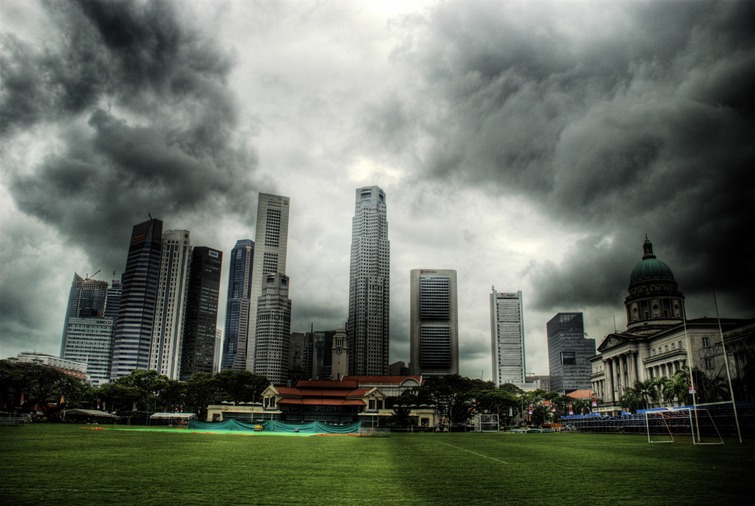
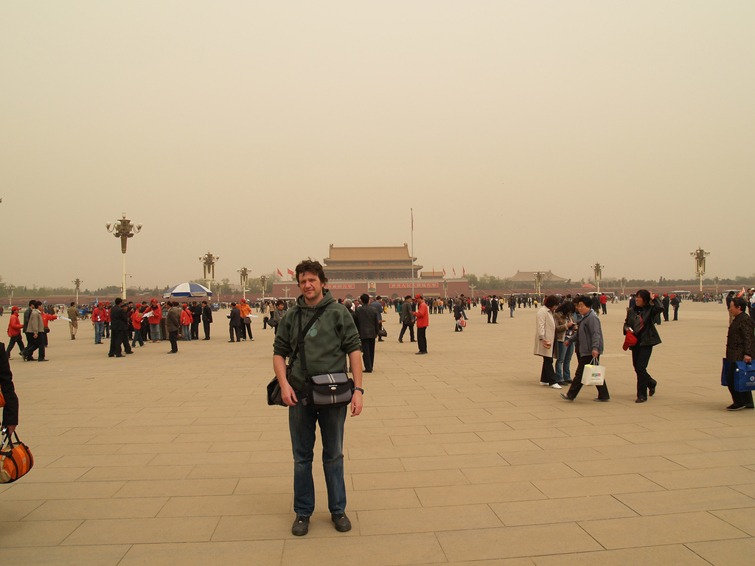
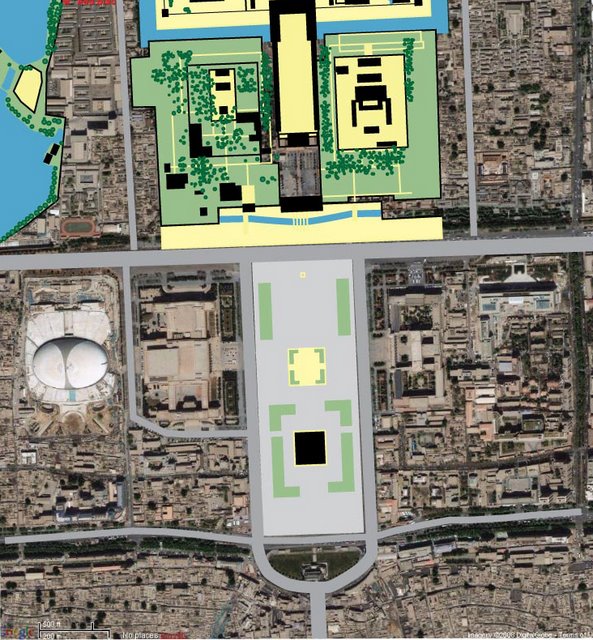

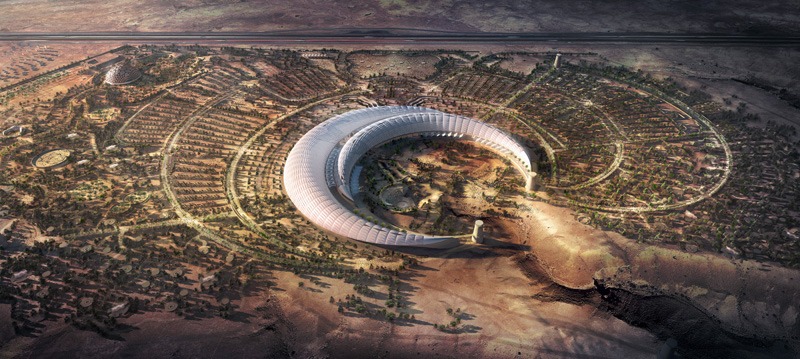 Having slagged off
Having slagged off 